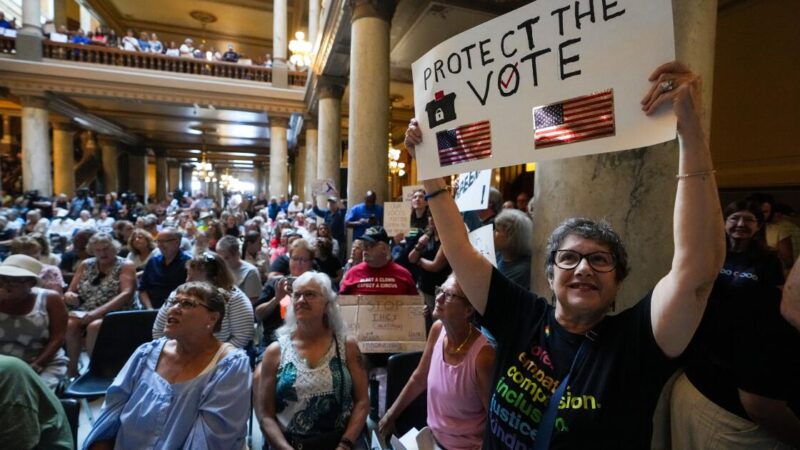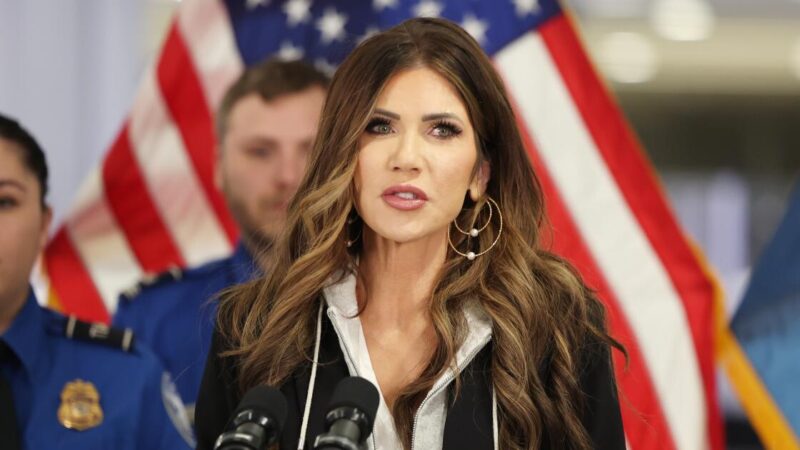Facing budget shortfalls from Trump and state cuts, UC seeks $130-million loan
Facing budget shortfalls due to state cuts, uncertainty over federal support and increasingly acute student needs, the University of California said Friday that it would seek a nearly $130-million zero-interest loan from the state.
UC’s top finance manager made the emergency request in a letter to the state Department of Finance, asking for fast-tracked approval from lawmakers so the loan could be used during the current fiscal year.
“The university is currently facing myriad budget pressures, particularly as a result of federal actions targeting institutions of higher education and ongoing challenges to the state’s fiscal condition,” UC Chief Financial Officer Nathan Brostrom wrote.
Brostrom said the system surpassed its California resident undergraduate enrollment goal this year by thousands but needs state help to maintain services for those students.
“While we work to restore ongoing funding for our campuses, the loan will be prioritized for one-time student support services that are critical to ensuring student success and timely degree completion,” he wrote.
The loan option was offered to UC under the state budget passed this year that cut the system’s year-to-year state funding by 3%, or roughly $130 million.
The state said the 3% cut, previously promised as part of a “compact” to increase in-state student enrollment and reach other goals, would be deferred to the 2026-27 fiscal year.
A similar zero-interest loan matching the state funding cut — $144 million — was also offered this year to California State University. CSU requested the loan last month and it has been approved, although the funds have not yet been disbursed. CSU plans to use the money to give a one-time bonus to faculty and staff, who have faced shrinking campus budgets. The university is negotiating with the California Faculty Assn., the system’s largest union of 29,000 employees, over a new contract.
At UC, the budget pains have been drastic.
The Trump administration suspended $584 million in federal research grants to UCLA in July over alleged campus antisemitism and other alleged civil rights violations before demanding a nearly $1.2-billion payment to restore the funds. Nearly all of the money has been restored in response to a faculty-led lawsuit, but fears remain about further potential cuts and whether federal agencies will be receptive to new grant applications or renewals from UC researchers.
In September, UC President James B. Milliken warned that the 10-campus system faces “one of the gravest threats in UC’s 157-year history,” saying he has concerns over potential cuts to the $17.5 billion per year the federal government doles out each year to UC — $9.9 billion in Medicare and Medicaid funding, $5.7 billion in research funding and $1.9 billion in student financial aid.
After also taking state funding reductions into consideration, UC has tightened its belt, including through hiring freezes, cuts to administrative spending and changes to campus-level programming. About 40% of the UC core budget of $11 billion comes from the state, with tuition and fees covering most of the rest. Its overall operating budget, including its health systems, tops $53 billion.
“One of the challenges that the campuses are facing is providing sufficient support for students in an environment where state funding has effectively been flat, if not slightly declined, relative to the prior year, while at the same time achieving the shared goal of growing enrollment,” said Caín Díaz, UC associate vice president for budget analysis and planning.
“The loan will help address some immediate needs, and specifically some student-facing service needs,” he said, citing threatened cuts to federal SNAP food benefits.
In addition to food aid for low-income students and families, campuses have seen other student needs grow or are anticipating them in additional areas.
At UCLA, budget cuts have forced some campus tours to be reduced, and student retention programs targeting nonwhite students have cut staff and programming.
At UC Berkeley, a recent federal cut targeting diversity initiatives led to the end of a program that helps middle and high schoolers across the San Francisco Bay Area with the college application and financial aid process.
After receiving the loan, UC probably will distribute the funds to campuses based on enrollment, with UCLA and UC Berkeley taking in the most students. Although university leaders will encourage campuses to spend the money on student services, they will be open to other uses.
“Campus officials are the experts on understanding their student population and where the needs are, so we don’t want to be overly prescriptive in how they use the funds, but we’re asking them to prioritize student services,” Díaz said.
If approved, UC must pay back the loan over a 12-month period. University officials are hoping to receive enough state funding for the next fiscal year to cover the entire loan.
“We need to ensure that our students who are here have the services they need to be successful. We’re grateful that the state gave us the ability to take out this loan to support our students,” said Kathleen Fullerton, UC associate vice president of state governmental relations.





